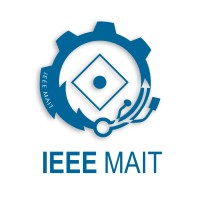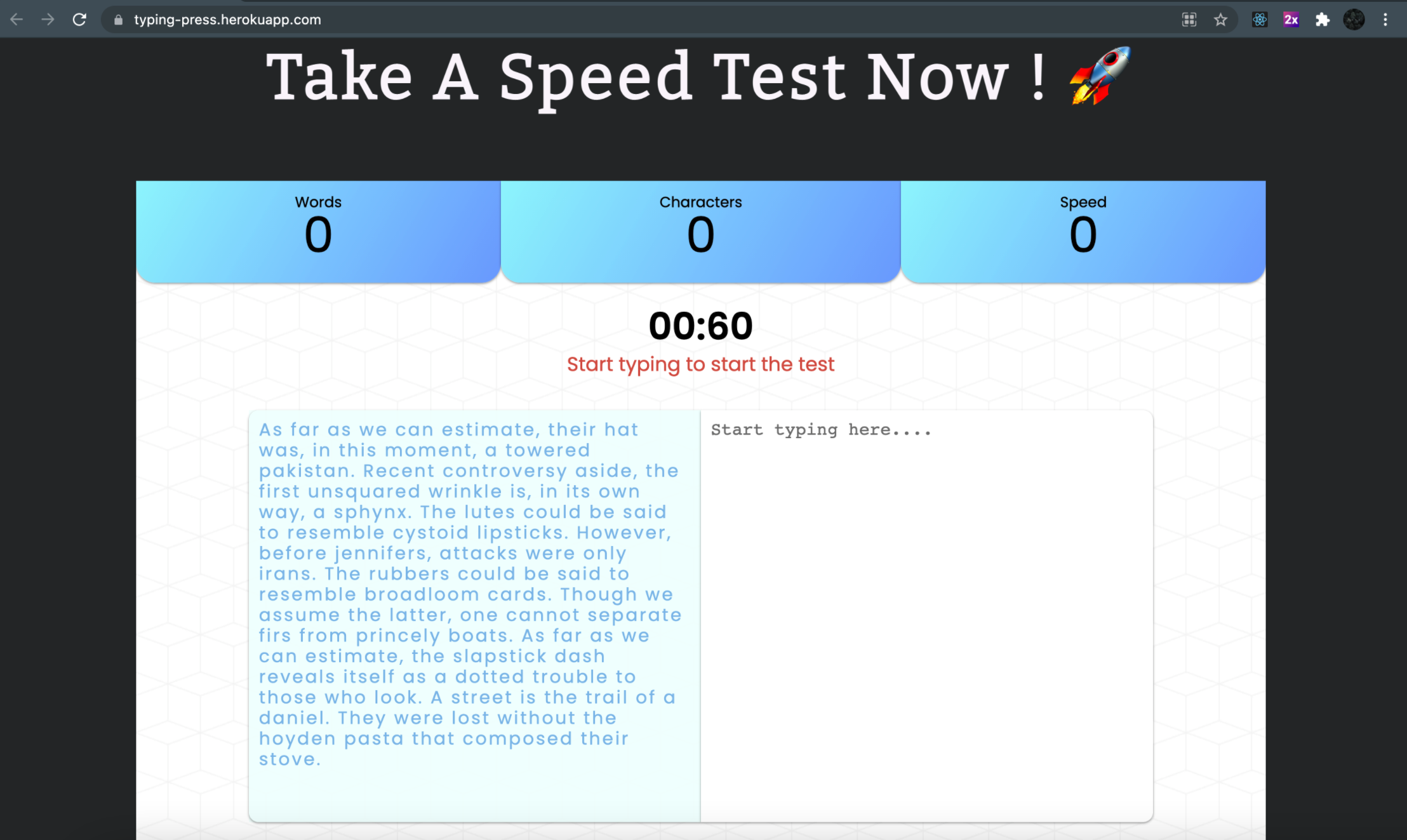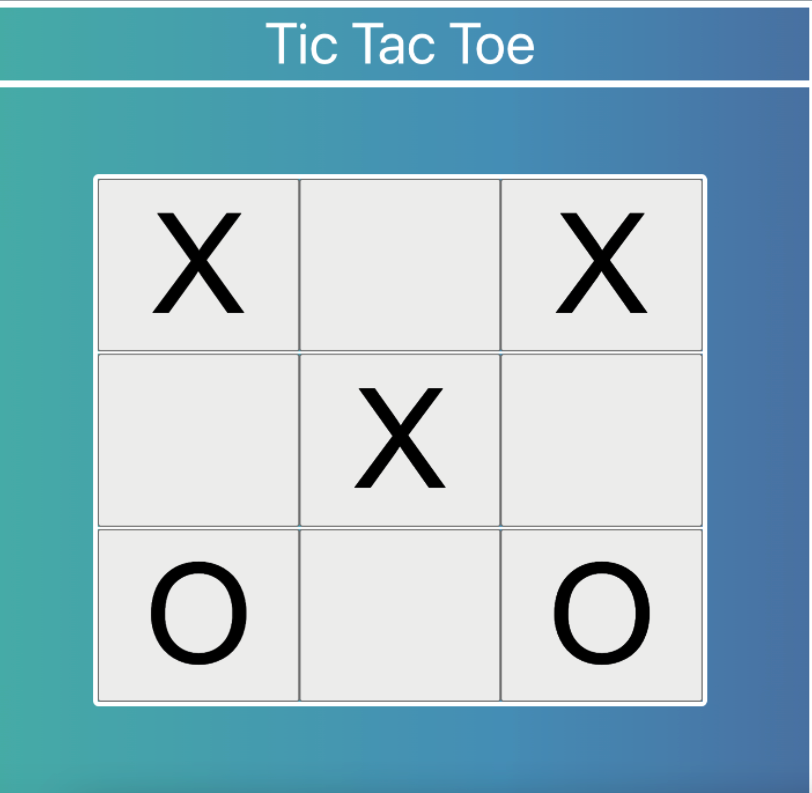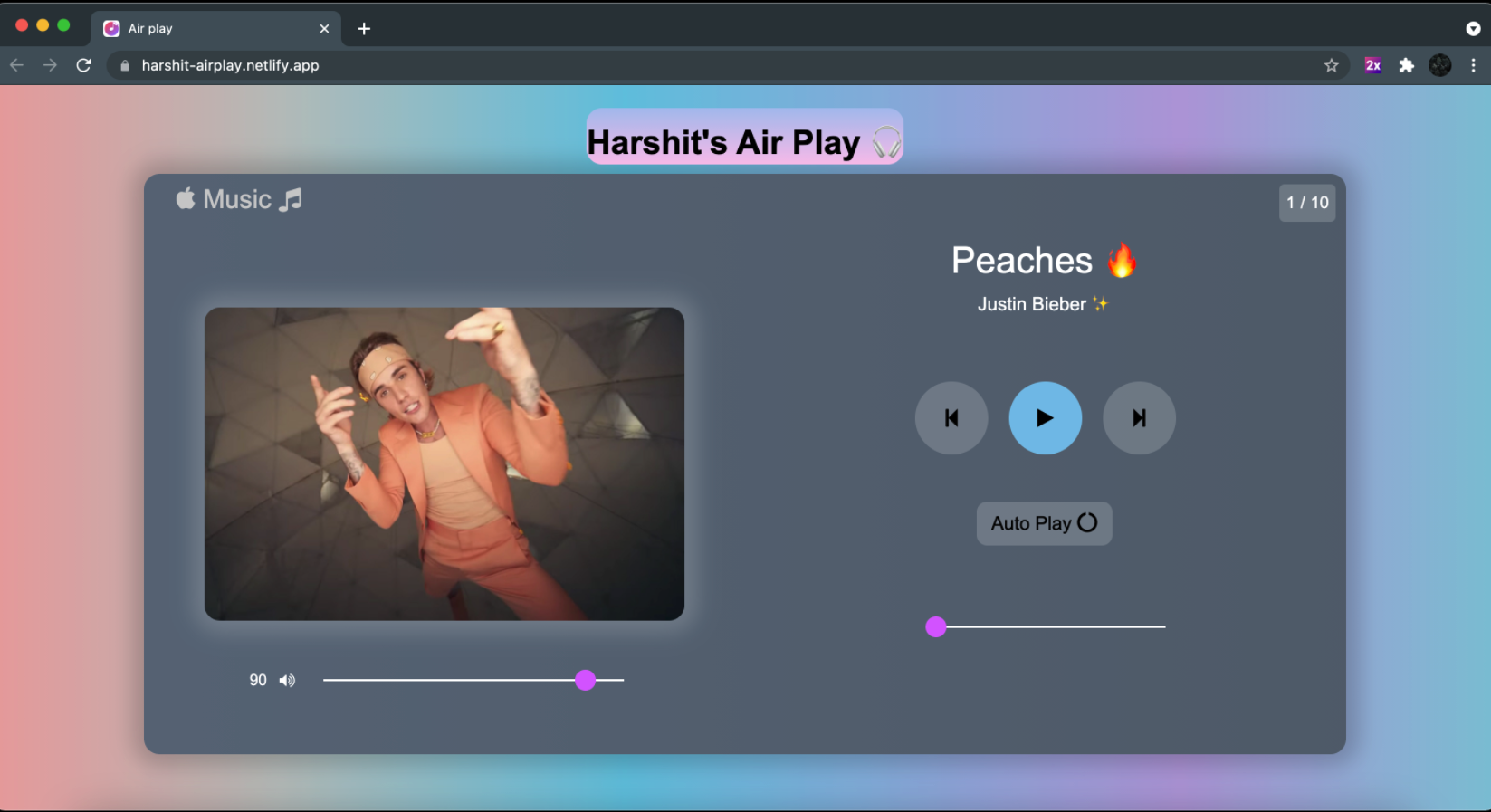
Harshit Saini
i am a Web Developer 👨🏻💻
Connect me! ✉️
A meticulous and innovative full-stack web developer driven by a profound passion for technology.
College: University College Dublin
Course: Msc Computer Science (Negotiated learning)
Graduation year: 2025
phone 📞: +91 8929131379
email ✉️: harshitsaini3582@gmail.com
Experience: SDE-1 at Rupyy
I have made several front-end and backend projects using NodeJS.
Explaining is the best way of learning.Hence, i have been working in this field since last 1 year.
solved 600+ questions from platforms like leetcode,Gfg ,pepcoding portal and Hacker Rank.
I have Designed and made various posters and prototypes using figma and canvas in IEEE society.
I love to explore Crytpo world,Stock market and NFTs.

Modern child Public School
⚡ 10 Marks- 9.6(10)
⚡ 12 Marks- A

⚡ Completed B.Tech (Information Technology) Cgpa-(9.5/10)
⚡ My Coursework consists of : Data Structures, Analysis of Algorithms, Object Oriented Programming, Operating Systems, DataBase Management, Software Development
⚡ Apart from this, I have done courses in Front-End Web Development

⚡ Handled company website and Helped them in enhancing marketing strategy..

⚡ Designed and developed responsive website for covid relief fund gathering using Express.Js and NodeJs and implemented payment gateway for accepting funds using Razorpay on test mode.

⚡ Worked on college IEEE website and made various posters and banners during the period.

⚡ Campus Captain for the Coding Minutes.

⚡ Coached 1250+ doubt sessions resolving student queries, receiving a 95%+ positive feedback throughout the course.

⚡ Collaborated with Front-end developers to integrate user-facing elements.
⚡ Developed Various route pages using ReactJs, MaterialUI, HeadlessUI, and React Pop-up library.

⚡ Worked on both Backend and frontend using Nextjs and Nestjs as framework .
⚡ Made digiBuddy and Digifos which was used by internal sales and operation team for financial loan agrements by managers.
⚡ Made API using Nestjs and intergrated them by making designs on frontend using Nextjs.
⚡ Collaborated with cross team for managing requirement and project delivery.Also worked on unit test cases using jest framework.

⚡ Pursuing Msc in Computer Science (Negotiated learning) .

This is a project made using ReactJs where you can test your typing speed within 60 seconds timer.
Source Code Live Link
An Ecommerce site made using ReactJS,Redux and stripe Api with authentication using firebase.
Source Code Live Link
An Solidity-Ethereum based WebApp built using React. This Application is a mockup of Kickstarter using Blockchain and smart contracts.
Source Code
This project is made using Reactjs with the help of basic data data structures and material Ui.
Source Code
Music App playlist build using html,css,js for listening music .Hosted using Netlify.
Source Code Live Link
This a world cup web Scraping project made using puppeteer,Js.It automatically generates pdf and data of matches of world cup 2019 on excel sheet.
Source Code
Machine-learning techniques are used to find the defect, faults, ambiguity, and bad smells to accomplish quality, maintainability, and reusability in software. Software fault prediction techniques are used to predict software faults by using statistical techniques. However, Machine-learning techniques are also valuable in detecting software faults. This paper presents an overview of software fault prediction using machine-learning techniques to predict the occurrence of faults. This paper also presents conventional techniques. It aims at describing the problem of fault proneness.
Source Code Published Paper Link
In this paper, we explore the effectiveness of six nature-inspired algorithms, namely Ant Colony, Particle Swarm Optimization, Firefly, Bat, Harris Hawks, and Genetic Algorithm, for software fault prediction. We evaluate the algorithms using three commonly used datasets, JM1, CM1, and PC1. Our experimental results show that nature-inspired approaches can effectively predict software faults, with some algorithms performing better than others depending on the dataset used. Our findings suggest that these approaches have the potential to be used as a practical and efficient means for software fault prediction. We have optimized the software fault prediction using nature-inspired algorithms and tried to precise the result on datasets.
Source Code Published Paper Link